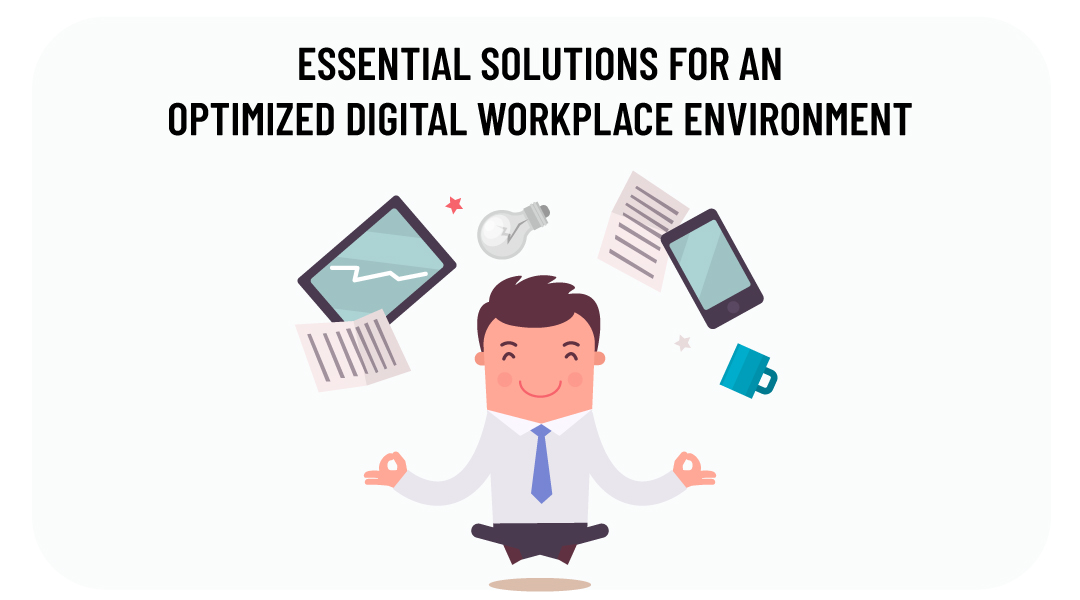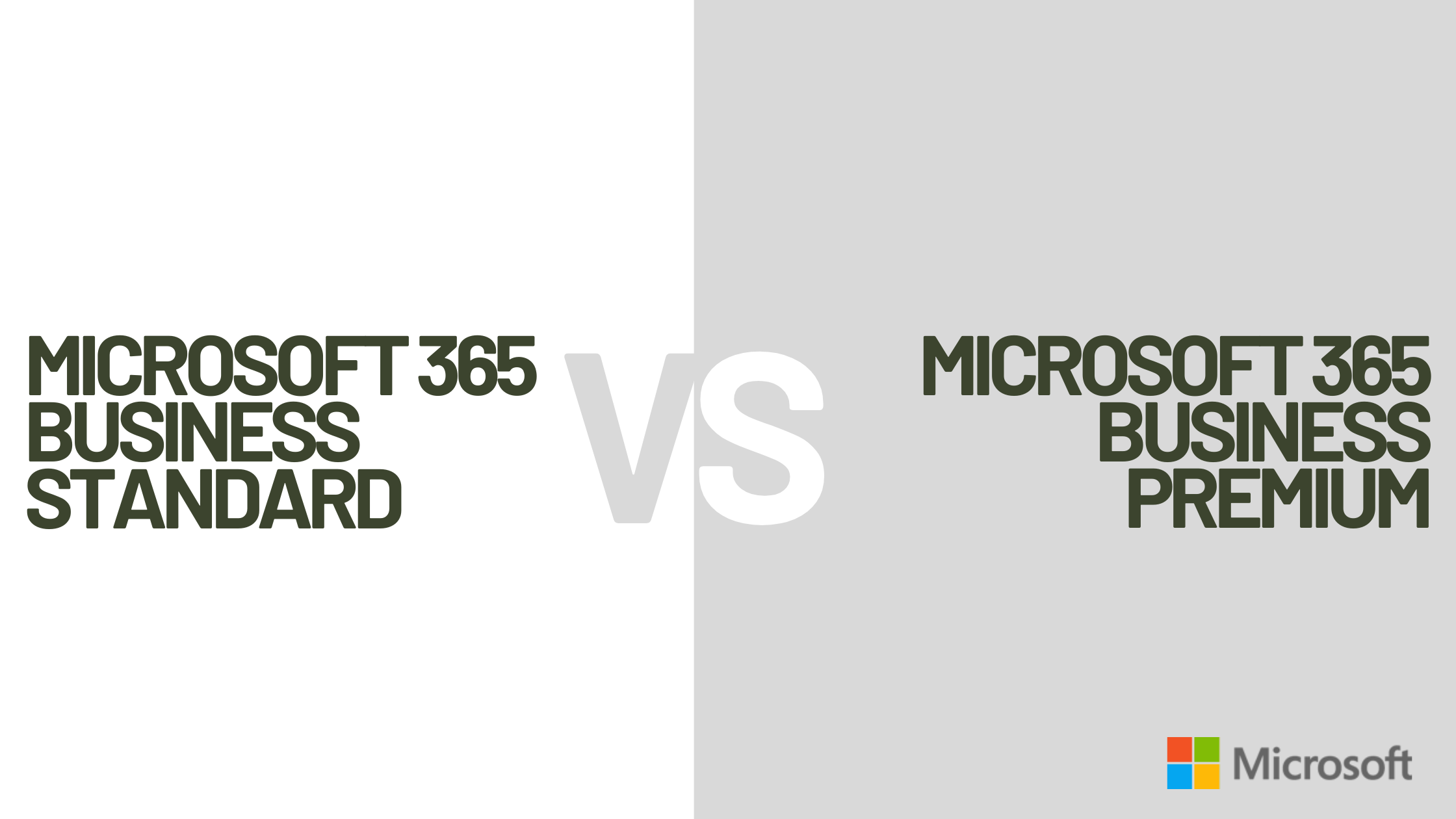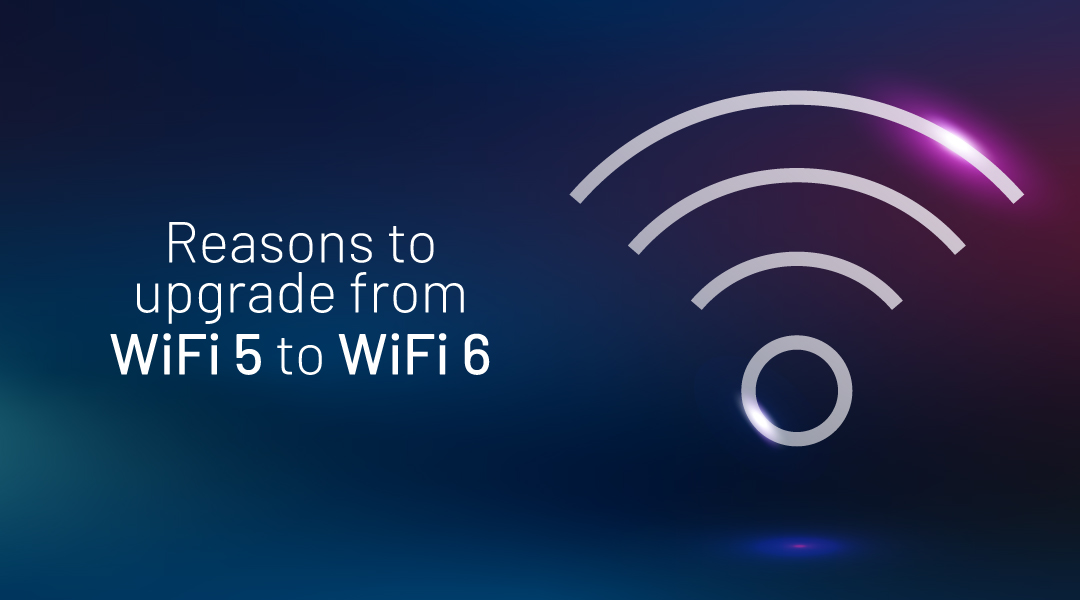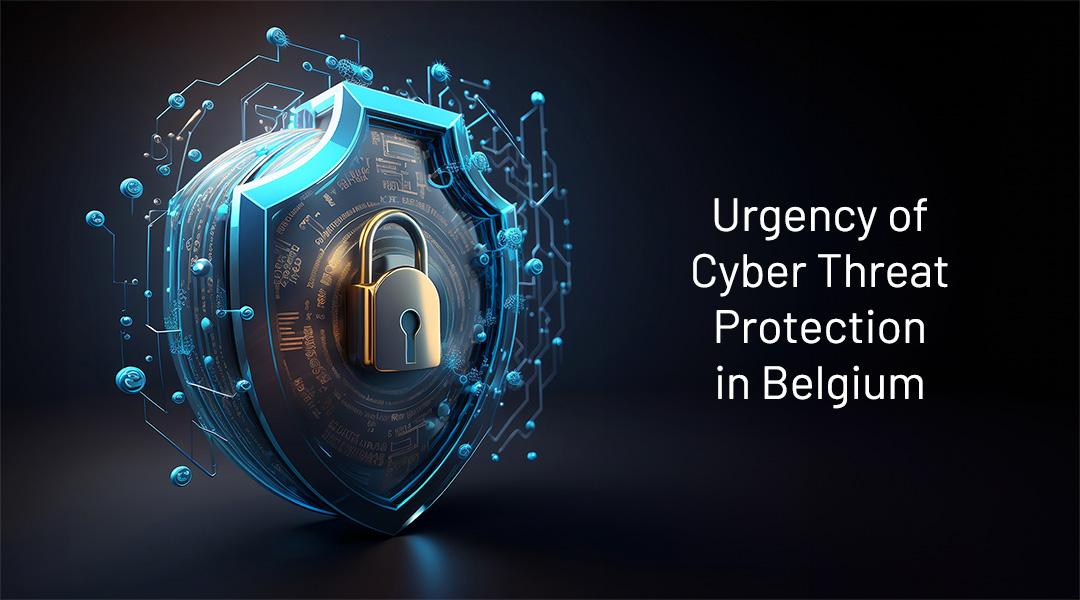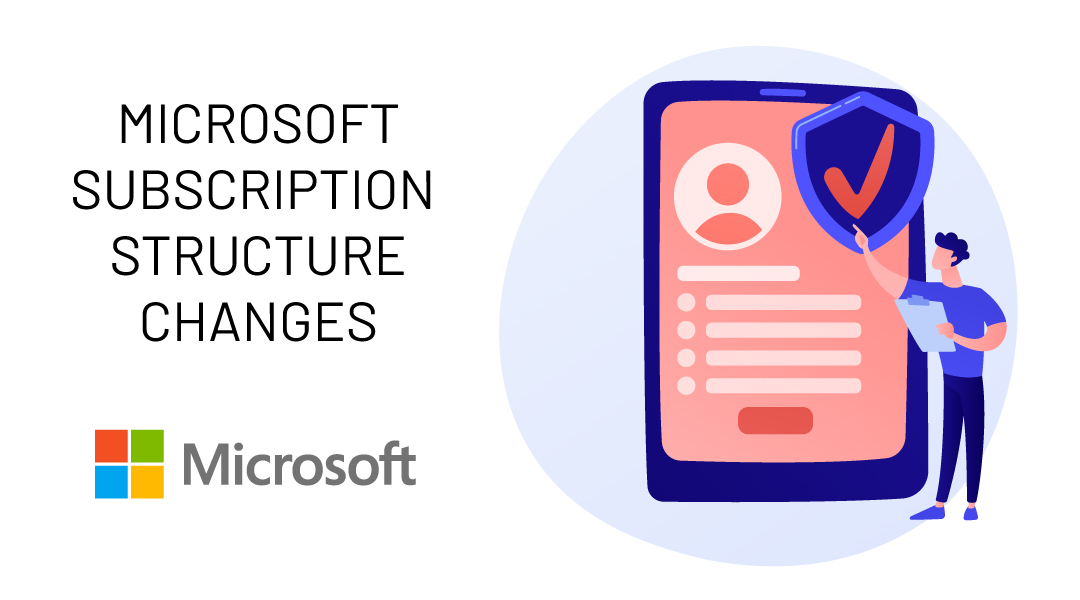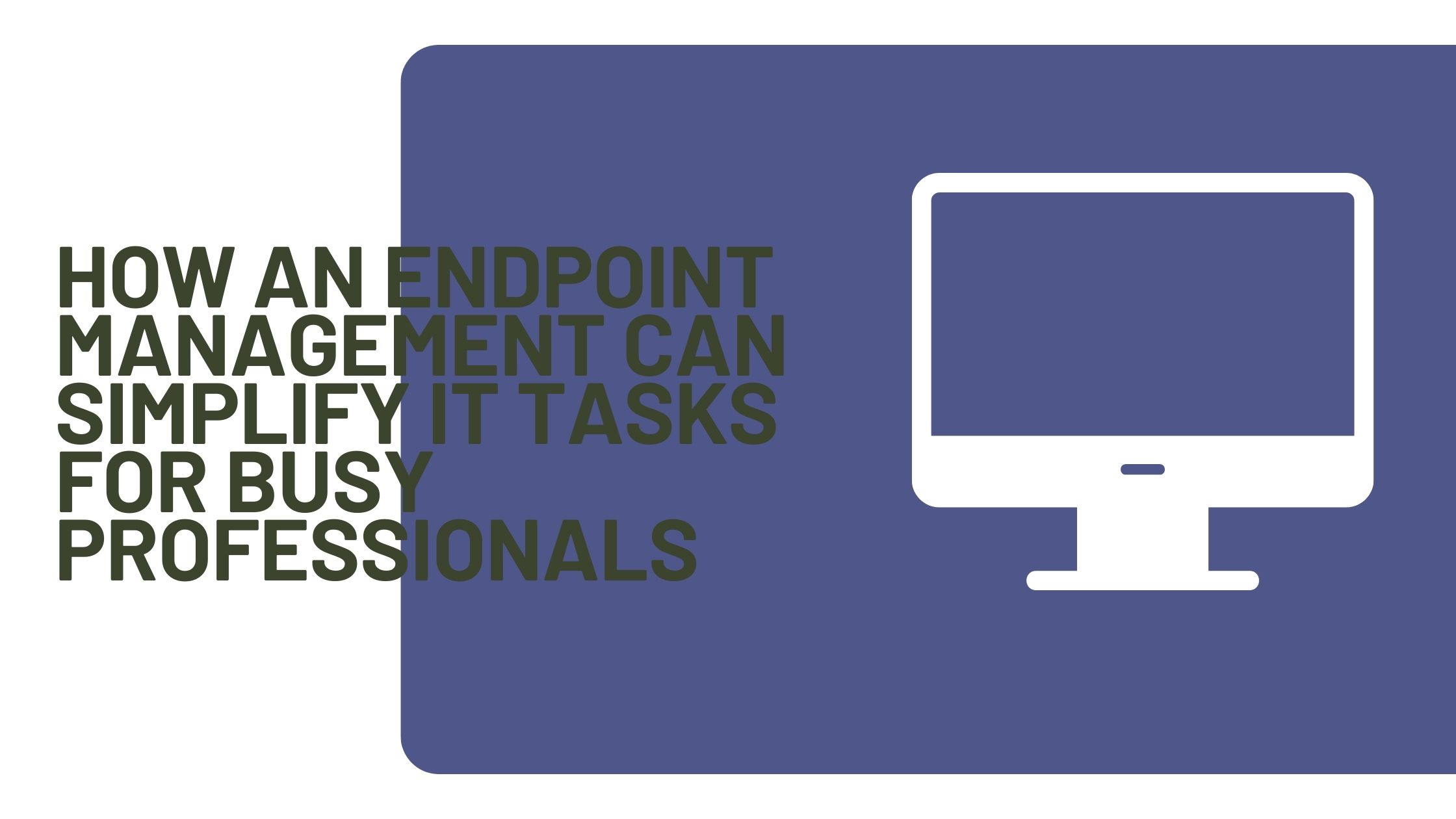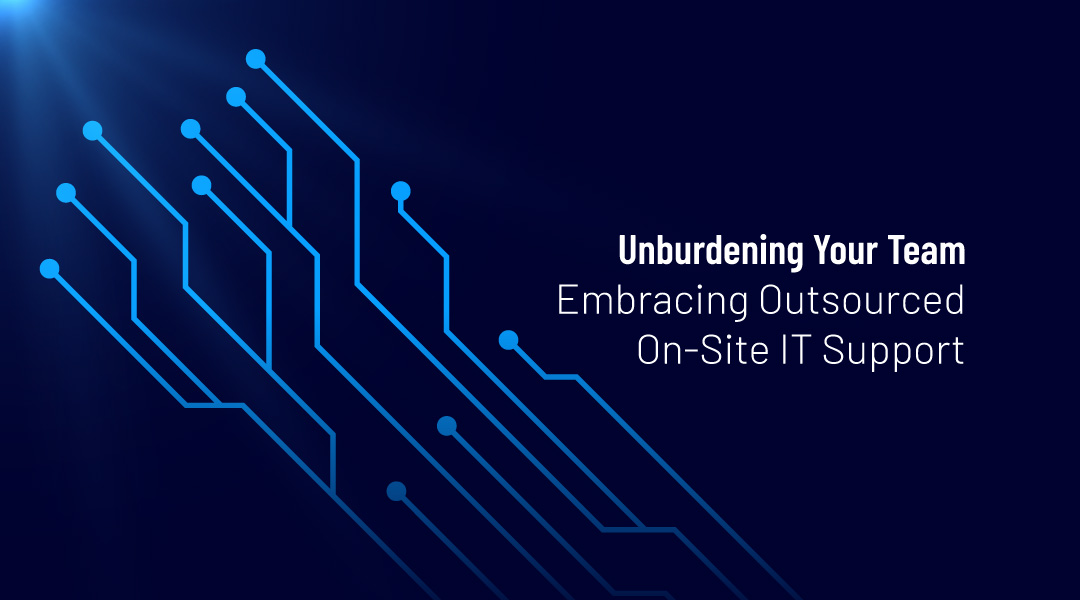Companies have struggled to evolve their businesses in real-time, addressing surging use of the virtual private network (VPN) connections, cloud services spikes (driven in part by video meetings and online collaboration tools), security risks, and increased help desk calls for hardware and software support. On the other hand, internet providers have needed to escalate support for residential connectivity services from the home office.
In addition, data centers have gone portable. These companies are popping up small data centers in containers outside key buildings or in other high-demand locations. These edge sites ensure continuous connectivity, supporting business requirements and delivering a better customer experience.
Managing Edge Sites – how it goes from now on?
Remote work is the ‘new normal’
Chief financial officers leverage remote working to control costs and meet talent needs for more flexible work styles. This means that telecommunications providers will need to continue to expand and evolve their edge-site capabilities to support these home-based workers.
Edge sites keep your employees productive
At headquarters and other offices, companies have evolved networks to provide much-needed redundancy to improve disaster recovery. As offices and data centers empty out and are maintained by a skeleton staff, companies are at increased risk for infrastructure and VPN outages. If they occur, the entire workforce could be taken offline. Similarly, if home-based workers have Wi-Fi issues, they may not be able to connect to company systems. The world’s companies, utilities, and telecommunications providers have a shared responsibility to keep businesses up and functioning. Edge sites can help provide the connectivity businesses and workers need to stay productive.
Edge sites may not provide physical access
Access to colocation data centers is no longer guaranteed. Centralized management software and remote monitoring and management solutions can literally get sites down operating independently without lights or staff. Companies that haven’t yet equipped edge sites with these capabilities will likely want to move swiftly to ensure their continuous operations.
Edge sites will continue to grow
All of the digital transformation happening in the past few years adds up to greater business and individual consumer needs for ultra-fast, ultra-predictable connectivity. As a simple example, think of a chief executive officer who’s now running a global business at home, using multiple devices to manage a constantly changing business. Any outage of any length would compromise the CEO’s ability to make decisions and execute.
Edge sites need to evolve for additional functionality and scalability
Before 2020, many edge sites performed a supportive role. They were valuable, but not always mission-critical. Now, they’re an important part of companies’ operational resilience and future growth plans. Companies, especially telecommunications providers, need to make sure that edge sites have intelligent functionality for detecting all attempts to access the site or its equipment, providing an uninterruptible power supply and cooling to critical assets, distributing electrical power among equipment, rebooting equipment correctly when needed, providing site leak and moisture detection, and monitoring overall equipment health, among other requirements. Early detection of issues can help staff move proactively to address challenges, such as moving to battery power, sending technicians in for proactive repairs, or switching traffic to another site as the equipment is replaced. In addition, rack-based equipment helps set up sites for efficient servicing and ongoing management at more technology-intensive sites.
Remote monitoring services keep edge sites functional
IT staff can use a single pane of glass to monitor all sites remotely. While global companies have access to robust centralized management software, small businesses may not need such comprehensive functionality. These companies can access a tool for online remote monitoring and management of all edge devices.
Correlation between new tools and data
With the growth of peripherals and endpoints, IT teams will increasingly receive warnings and alarms. IT management tools can use predefined protocols to automate emails to key staff, tier incidents for prioritized resolution, and create an end-to-end digital workflow, enabling IT teams to work more effectively.
ICT Partner
While current industry pressures are increasing stress on enterprise costs, they also provide an opportunity to rethink business for the world of remote work. ITAF can help you strategize how to set up your edge sites for success; strengthen your business continuity and disaster recovery with the right equipment; and use new tools to increase visibility, control, and proactive response.
Staying on track with the latest updates which affect the way we live and work, as well the IT industry itself, ITAF ICT services, and our consultants can provide the best and most complementary solution for your IT infrastructure. Contact us for more information.




